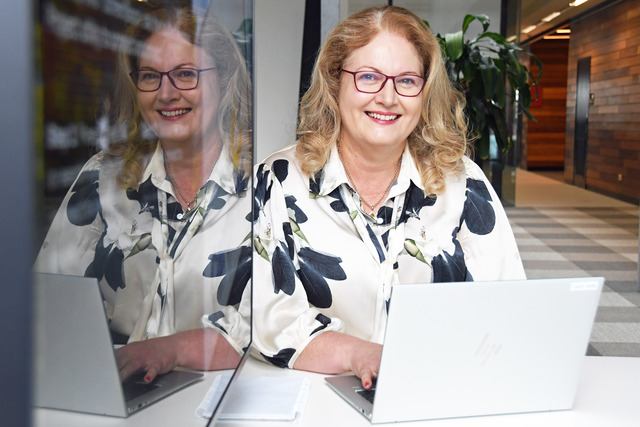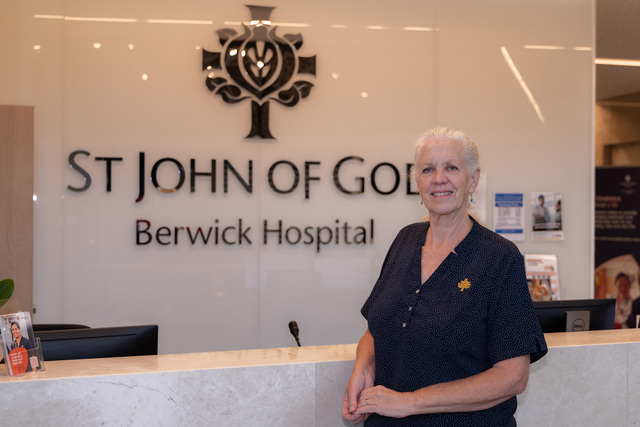As female unemployment remains concerning in the South East region, manufacturing industry representatives are advocating for ways to break down the barriers for women – particularly from culturally diverse communities.
Among the options presented at a Greater South East Melbourne (GSEM) summit were adaptive shift hours, promoting manufacturing career options to female students and enlightening employers.
In a panel at the GSEM Jobs and Skills Summit on Friday 3 May, Courteney Munn, project officer of Women in Manufacturing at the Australian Manufacturing Workers Union Victorian Branch (AMWU), said the industry certainly needed more women going into different roles with the old heavy lifting fading out and more sophisticated equipment coming in.
“When I look at the manufacturing industry as a whole in Victoria, and we look at the roles that women are predominantly filling at the moment, it is the production line, casual, minimum wage sorts of jobs,” she said.
“Why aren’t we getting women into operators, robotics?”
Ms Munn found that a lot of mature age women interested in welding and equipped with a degree, predominantly migrant women, were not able to find work when she was running programs out in the southeast.
“We need to really start hammering down out in the schools, making sure that young women know about these sorts of careers,” she said.
“And then also having our industry become a bit more accommodating and flexible so that women can actually take up roles.”
Ms Munn pointed out shift hours should be made more adaptive for women.
“We look at the manufacturing industry, and it’s evolved like crazy over the last 20 years. We’re seeing new technology. It’s safer. We’re seeing guarding of pretty much everything. But we look at shift flexibility, and it just hasn’t changed,” she said.
“We’re stuck with the day, afternoon, and night shift, and that’s pretty much it.
“And we’ve seen out at Jayco. They’ve actually started to look a bit more broadly. They’re offering part-time shifts now, and that’s especially worked across the day shift.
“They’ve split that in two. So you might have 7am to 11am for one person, and then 11am till 3pm for the next person. It’s as easy as that to make this industry a bit more accommodating for them.”
A GSEM report released late in 2022 reveals that the 10-year average female unemployment rate in the South East region is one percentage point higher than the Greater Melbourne average, equating to roughly 2,000 extra unemployed women per year.
Panelist Daniel Prins, project manager at Chisholm Institute, is running an engineering project in collaboration with Jobs Victoria to help people get into entry-level roles in manufacturing in the South East.
“Those people are from various disadvantaged cohorts with barriers to employment… We’ve placed 97 people into ongoing employment in the South East, which is a phenomenal effort, but the challenge around placing similarly equipped males and similarly equipped females is considerable,” he said.
Mr Prins said education was needed for employers.
“The 18-year-old blonde-hair blue-eyed Cert-to-Year-12 car-and-licensed-driving person doesn’t just walk in off the street to your business anymore,” he said.
“If you’re still longing for those days, your business will not succeed.
“You need to open your mind and open your eyes to see that doesn’t matter what these people look like, what backgrounds they come from. There are people from every walk of life that can have a positive impact on your business.
“It’s amazing how many of those conversations in greater detail we had to have with employers across the whole South East of Melbourne in order for them to take on people that didn’t look like what they thought an apprentice, or an entry-level role position should look like.”






